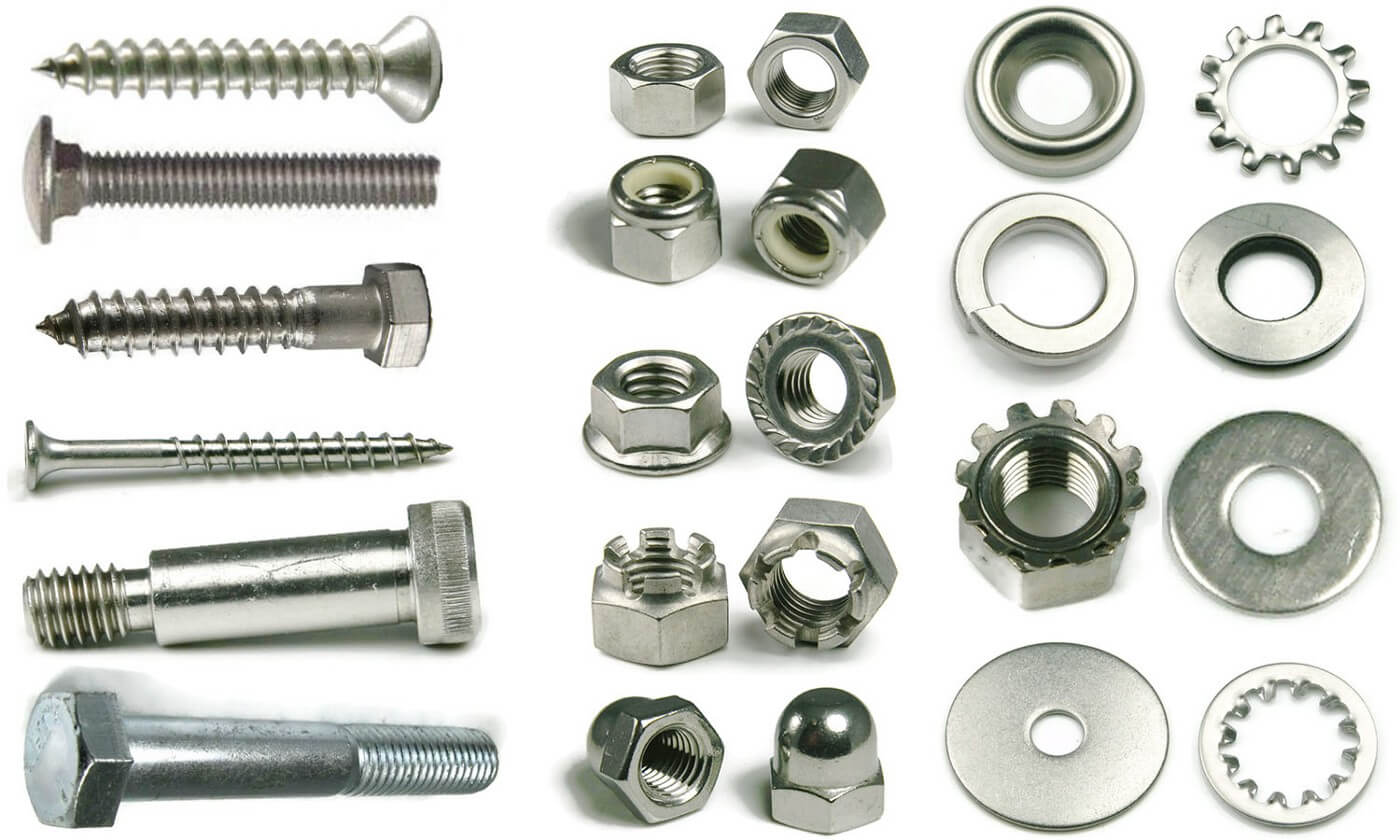Roofing contractors secure roofing sheets (such as shingles and tiles) using screws, notes TrueNest Property Management specialists. They also use these fasteners to attach the decking board and drywall.
What Are Screws?
A screw is a type of fastener that features a helical ridge, known as a thread, which allows it to grip into a material when turned. Screws are typically used to join two or more objects together, providing a secure and tight connection. They come in many sizes, shapes, and materials, and each is designed for a specific type of application. Screws can be made from metals like steel, brass, or stainless steel, or from plastic, depending on the intended use.
One of the defining features of screws is that they are designed to be driven into materials, typically with the help of a screwdriver or drill. The helical threads on the screw allow it to cut into the material, forming a secure hold without the need for additional components. This is one of the key differences between screws and bolts, as screws often do not require a nut to hold them in place.
Screws are commonly used in woodworking, metalworking, construction, and many other industries. They are versatile and can be used in a wide range of materials, from wood and plastic to metal and masonry. Some examples of screws include wood screws, machine screws, and drywall screws.
What Are Nuts?
Nuts are a type of fastener that is designed to fit onto the threads of a bolt or screw. They are typically made of metal and have a hexagonal or square shape with an internal thread pattern that matches the external threads of the bolt or screw. Nuts are used in conjunction with bolts to create a secure fastening system. While bolts are inserted through materials and secured with a nut, screws typically do not require a nut as they can be threaded directly into a material.
Nuts come in various shapes, sizes, and materials, but the most common type is the hex nut, which has six sides. Other variations include wing nuts, lock nuts, and nylon insert nuts, each serving a specific purpose in different applications. Nuts can be used in a wide range of industries, from automotive to construction, and are essential components in creating strong, secure connections.
The primary function of a nut is to act as a counteracting force against the bolt, preventing the fastened materials from coming apart. When a bolt is threaded through a material, the nut is screwed onto the bolt’s exposed end. As the nut is tightened, it creates pressure against the material, securing the bolt and holding everything in place. The tightening of the nut increases friction, ensuring that the bolt remains in place even under stress.
What Are Bolts?
Bolts, like screws, are mechanical fasteners designed to hold materials together. However, bolts differ from screws in several key ways. The most noticeable difference is that bolts are usually larger and heavier than screws and are designed to pass through materials, with a nut used on the opposite side to secure the bolt in place.
A bolt typically consists of a smooth, cylindrical shaft with a head on one end and threads on the other. The head can come in various shapes, such as hexagonal, square, or round, depending on the type of tool required to tighten or loosen it. The threads on the bolt allow it to fit into the corresponding nut, creating a tight connection when both components are tightened.
Bolts are typically used in heavy-duty applications, such as in construction, machinery, automotive, and structural engineering. They are commonly found in applications where high-strength connections are needed, such as when securing steel beams or attaching large components. Bolts are also used in situations where it is necessary to disassemble or adjust the connection in the future.
The primary function of a bolt is to create a strong and secure fastening by passing through materials and then being tightened with a nut on the other side. The combination of the bolt and nut creates an extremely strong connection that is capable of withstanding significant forces and stresses.
Key Differences Between Screws, Nuts, and Bolts
While screws, nuts, and bolts are all used for fastening purposes, they each serve different functions and are designed for specific applications. Below are some of the key differences between these three types of fasteners:
1. Functionality:
-
Screws are designed to be driven directly into a material to create a tight and secure connection. They can be used on their own, without the need for additional fasteners.
-
Nuts are used in conjunction with bolts to create a strong, secure connection. They cannot function on their own and need a bolt to create the fastening system.
-
Bolts are used to secure materials together by passing through them, with a nut used on the opposite side to tighten and hold everything in place.
2. Threading:
-
Screws have threads that allow them to be driven directly into a material, creating a tight grip. The threads are usually finer and more closely spaced than those found on bolts.
-
Nuts have internal threads that match the external threads of a bolt or screw. The threads inside the nut allow it to be screwed onto the bolt to create a secure connection.
-
Bolts have external threads that allow them to be inserted into a nut, which is then tightened to secure the connection.
3. Applications:
-
Screws are versatile fasteners and are used in a wide range of applications, including woodworking, metalworking, and construction. They are ideal for situations where a permanent or semi-permanent connection is required.
-
Nuts are primarily used in combination with bolts to create strong, secure connections in heavy-duty applications such as construction, machinery, and automotive industries.
-
Bolts are commonly used in applications that require a high level of strength, such as in structural engineering and construction projects. They are often used in conjunction with nuts to create a secure and adjustable fastening system.
Conclusion
Understanding the differences between screws, nuts, and bolts is crucial for selecting the right fastener for your project. While screws are designed to be driven directly into materials, bolts and nuts work together to create a strong, secure connection. Each fastener has its own specific purpose, and knowing when and where to use each one will ensure that your project is both safe and efficient.
Whether you’re working on a simple DIY project at home or tackling a large-scale construction job, understanding the nuances of these fasteners will help you make the right choice for the job. From the versatile screw to the heavy-duty bolt and nut combination, each plays a vital role in creating strong, lasting connections that keep the world of mechanical and construction work running smoothly.









